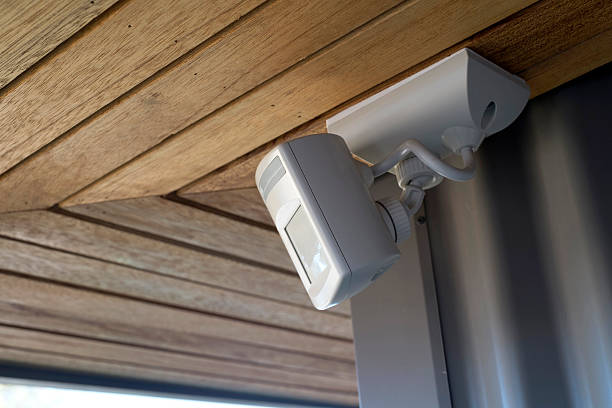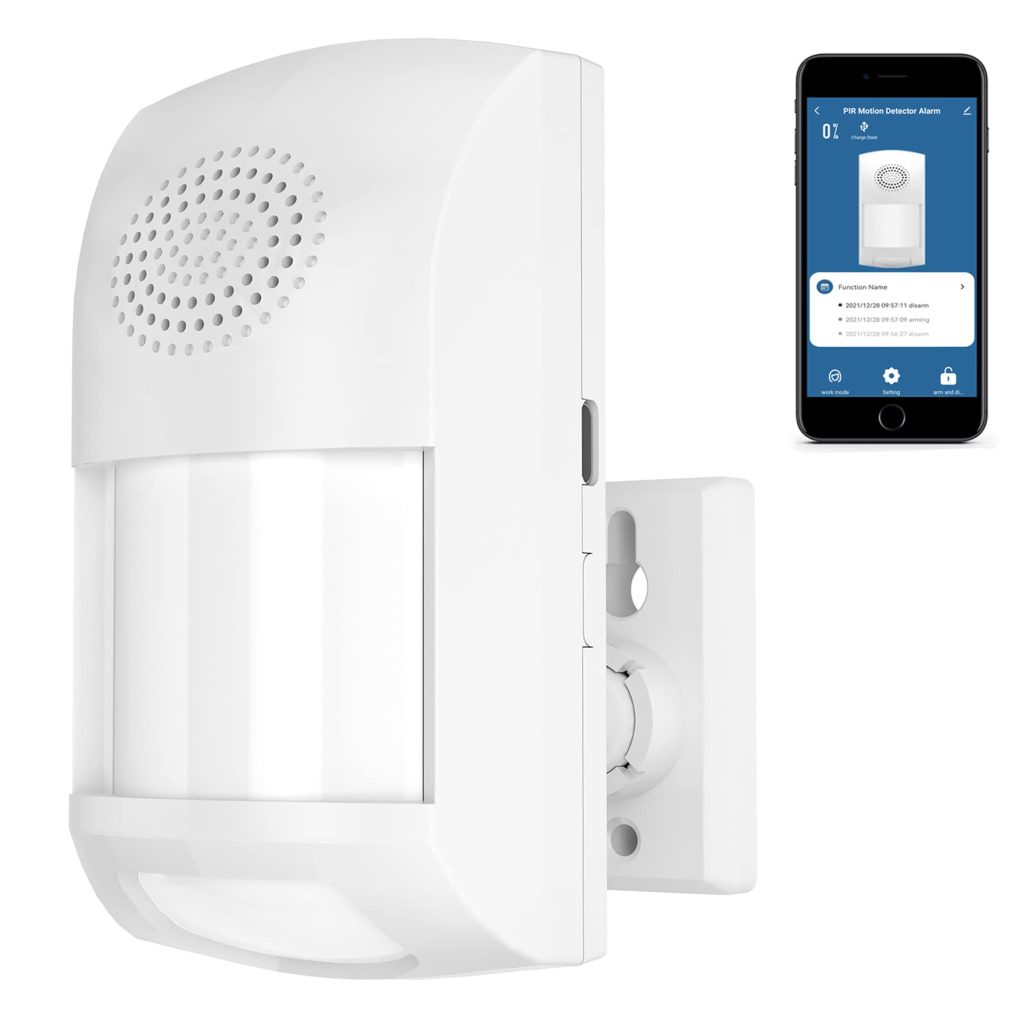Popular
Understanding Motion Detectors: Types, Applications, Advantages, and Potential Vulnerabilities

Understanding Motion Detectors: Types, Applications, Advantages, and Potential Vulnerabilities
Introduction:
Motion detectors are electronic devices designed to detect movement within a specified area. They have become integral in various applications, from security systems to energy conservation. In this comprehensive guide, we’ll delve into the world of motion detectors, exploring their types, advantages, disadvantages, and even potential security vulnerabilities.
I. Types of Motion Detectors:
A. Passive Infrared (PIR) Sensors:
- PIR sensors operate by detecting changes in heat patterns.
- Commonly used in security systems and lighting control.
B. Ultrasonic Sensors:
- Ultrasonic sensors use sound waves to detect motion.
- Ideal for occupancy detection in buildings.
C. Microwave Sensors:
- Microwave sensors emit microwave pulses to identify movement.
- Widely employed in industrial and commercial settings.
D. Dual Technology Motion Sensors:
- Combining PIR and microwave for improved accuracy.
- Suitable for high-security applications.
II. Technologies Used in Motion Detection:
A. Sensor Technology:
- Different sensor types with varying capabilities.
- Understanding sensing range and detection angles.
B. Signal Processing:
- Signal amplification and data analysis for reliable detection.
III. Factors Affecting Motion Detection:
A. Environmental Factors:
- Impact of lighting conditions, temperature, and weather.
B. Installation Considerations:
- Correct mounting height, angle, and sensor placement.
C. False Alarms:
- Common causes and strategies to reduce false alarms.
IV. Advantages of Smart Motion Sensors:
A. Enhanced Security: Motion detectors play a pivotal role in modern security systems, alerting homeowners and authorities to potential intruders.
B. Energy Efficiency: Smart motion sensors can control lighting and HVAC systems, reducing energy consumption.
C. Automation: Motion sensors enable automation in homes and workplaces, improving convenience.
D. Cost Savings: By optimizing energy use and reducing false alarms, motion detectors can save money in the long run.
V. Disadvantages of Smart Motion Sensors:
A. False Positives: Environmental factors can trigger false alarms.
B. Privacy Concerns: In certain applications, such as surveillance, privacy issues may arise.
C. Vulnerabilities to Hacking: Smart motion sensors, like any IoT device, can be vulnerable to hacking attempts.
VI. Detecting Hacks and Strengthening Security:
A. Regular Updates: Keep your motion sensor firmware up to date to patch vulnerabilities.
B. Secure Network: Use strong passwords and a secure Wi-Fi network.
C. Intrusion Detection: Employ intrusion detection systems to monitor unusual activity.
D. Disable Unused Features: Turn off unnecessary functionalities to reduce the attack surface.
Conclusion:
Motion detectors have evolved significantly, offering a wide range of benefits across industries. However, they are not without their drawbacks and security concerns. By understanding these devices and their potential vulnerabilities, users can make informed decisions to enhance both their safety and privacy. Stay vigilant, stay secure.













Pingback: How To Calculate Your Home's Solar Energy Needs: A Comprehensive Guide » ArenaHub